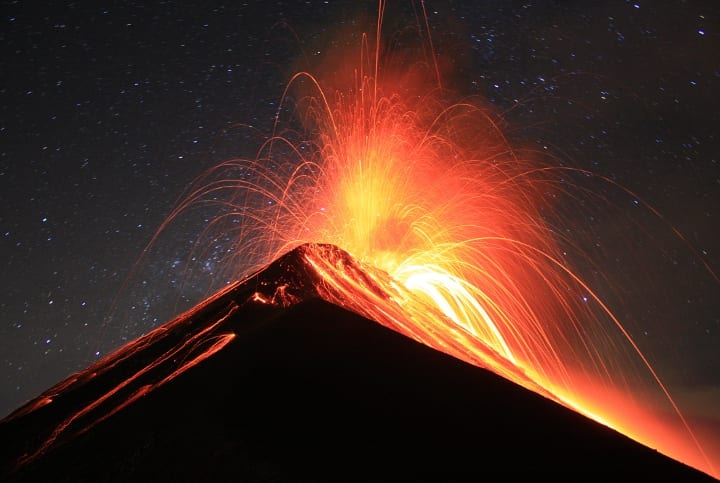
(Wikimedia Commons public domain photograph)
Once more, I share a couple of extracts for my notes from Jeff Wynn and Louise Wynn, Everyone is a Believer: The Growing Convergence of Science and Religion (2019). Dr. Jeffrey C. Wynn, formerly an atheist, is a convert to the Church of Jesus Christ of Latter-day Saints and a research geophysicist with the United States Geological Survey (USGS). He works at the Cascades Volcano Observatory in Vancouver, Washington, one of the five USGS volcano observatories in the United States. His wife, Louise Wynn, focused the research for her master’s degree on the Pumice Plain or “Blast Zone” of Mount St. Helens. In other words, they may actually know almost as much about volcanoes as most anonymous internet critics of the Book of Mormon do.
For “vapor of darkness” substitute “volcanic ash” and everything falls precisely into place. This kind of ash suffocated many of the people who died during the eruption of Mount St Helens on May 18, 1980; and the city of Yakima, Washington, was essentially shut down hours later as a meter-thick blanket of ash fell on the town. Contemporary descriptions and video tell us that day turned to night and the street lights came on around noon. It is important to keep in mind that the May 18, 1980 eruption of Mount St. Helens was relatively small when compared to ash and tephra falls now well documented in Central America. (36)
During the colonization of Central and South America by Spain, a number of regional Central American capitals (including Santiago de Guatemala, and Managua, Nicaragua) were repeatedly buried and/or pulverized. In each case, the city had to be entirely rebuilt, often in a different location. To say that earthquakes and related volcanic tephra-falls have changed the face of the land in Central America would be an understatement.
Since the 1963 eruption that created the island of Surtsey, Iceland, and especially since the 1980 eruption of Mount St Helens, volcanologists have known that lightning storms are closely associated with Plinian eruptions (named for Pliny the Elder, killed by the eruption of Vesuvius in 79 AD). This is because of the prodigious electric charge dragged aloft along with the vast amounts of volcanic ash that are blasted up to the stratosphere. These electric charges accumulate until voltage differences are so great that they must discharge back to the earth via lightning. (37)












